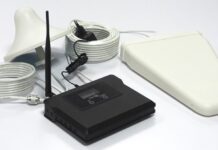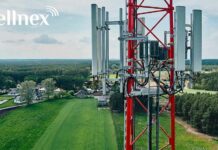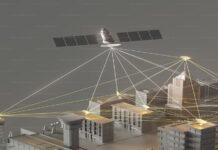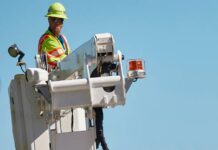Have you ever wondered how cell phone signals travel through a maze of buildings and towers? Believe it or not, radar plays an important role in this behind-the-scenes operation. Radars are like the eyes of the telecom world, constantly scanning and tracking these signals.
However, unlike the wide-open spaces in which radars typically operate, telecom environments are cluttered. Cell towers, buildings, and other infrastructure create a confusing mess of signals for radars to sift through. So, how do engineers get these radars to see clearly in such a noisy environment? Here are some of the key methods:
Filtering Techniques
When trying to have a conversation in a crowded room, it’s always hard to focus on the person you want to hear. That’s because of all the background chatter. Radars face a similar challenge in telecom environments. All those cell towers and buildings create unwanted signals that mask the target signal—the one carrying your important call.
Engineers tackle this by using a variety of filtering techniques. One approach is like using a noise-canceling headset. Techniques like pulse compression and clutter cancellation act like sophisticated filters, effectively removing unwanted noise and amplifying the desired signal. This allows the radar to clearly distinguish the target signal from the background clutter, just like you can finally hear your friend’s voice in a crowded room.
Beamforming
Just like it’s easier to find a specific bird in a huge forest if you focus on a particular area, radars can also improve their performance by concentrating their attention. This technique is called beamforming. Imagine the radar beam like a spotlight. With beamforming, engineers can electronically control where the spotlight shines. They can focus it on specific areas of interest—like a particular cell tower—and ignore everything else. This targeted approach means the radar picks up much clearer information about the signal it’s looking for, leading to better overall performance.
It’s important to note that the design of the radome shelter can also influence beamforming effectiveness. Radomes need to be constructed with materials that are transparent to radar signals while maintaining structural integrity. Any imperfections or material properties that disrupt the radar signal can affect the formation and accuracy of the beam. Therefore, careful consideration is given to the design and materials used in radome shelters to ensure they don’t hinder the beamforming process.
Advanced Hardware
Sometimes, a whole new set of tools is needed to tackle a tough job. In radar technology, advancements in hardware can greatly improve performance in telecom environments. One such advancement is the use of millimeter wave radars. These radars operate at much higher frequencies than traditional radars. Think of it like switching from a blurry, old photograph to a high-resolution image.
Millimeter waves offer superior resolution, allowing radars to better identify targets even in dense environments filled with cell towers and buildings. However, there’s a trade-off—these high-frequency signals travel shorter distances due to something called attenuation. So, while millimeter wave radars offer sharper vision, they might not see quite as far as their traditional counterparts.
Another hardware advancement is the use of advanced antenna designs. Imagine a regular flashlight versus a spotlight. Traditional antennas might be like flashlights, illuminating a broad area. Advanced antenna arrays, on the other hand, function like spotlights, directing the radar signal very precisely. This focused approach reduces unwanted clutter picked up from side directions, leading to a clearer picture for the radar.
Pulse Design and Polarization
When you’re trying to find a specific sound in a noisy room, you might cover your ears to block out some of the background noise, or you might focus your attention in a particular direction. Radars work in a similar way. The way they send out their signals, including the shape and duration of the pulse, can actually affect how well they see through clutter and pick up on the targets they’re looking for. By fine-tuning these signal characteristics, engineers can help radars cut through the mess and detect targets more effectively.
Additionally, radars can leverage a property of light waves called polarization. Imagine light waves like long, thin ropes. Regular light vibrates in all directions, but polarized light vibrates in a specific plane. By using different polarizations (vertical and horizontal), radars can exploit the way different objects scatter these waves. This allows the radar to differentiate between targets and clutter based on their unique scattering properties, further improving its ability to see clearly in a cluttered environment.
Data Fusion
Sometimes, the best way to understand a situation is to gather information from multiple sources. For radars operating in telecom environments, combining radar data with other technologies can be a game-changer.
Technologies like LiDAR (Light Detection and Ranging) or cameras can provide additional details about the environment. By fusing this data with the radar information, engineers can create a more comprehensive picture of the surroundings. This allows for more accurate target identification and improved overall performance.
Final Thoughts
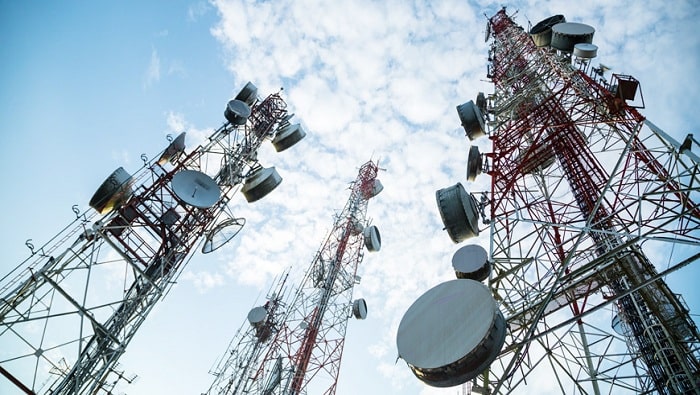
The constant hum of the connected world relies heavily on the smooth operation of radars in telecom environments. By employing a combination of these techniques—from filtering clutter to using advanced hardware and data fusion—engineers are ensuring that these radars can see clearly even in the most congested urban jungles. This ensures the seamless flow of information that keeps everyone connected, from powering video calls to enabling the smooth operation of the Internet of Things (IoT) devices. In short, these advancements in radar technology are quietly working to maintain the vital connections that define this modern world.



